Lovers of beautiful indoor plants know exactly what special beauty in the house creates tubeballs. Their bright terry flowers, which look like peonies, and roses, and daffodils, as well as green leaves are a real work of art that nature created. However, this plant is very consistently and requires reverent care. But the beauty of this flower will justify all the efforts that you attach to grow it.
Botanical description domestic Begonia Tuberova
Begonia tongue refers to the class of grassy plants. She has a thick underground rhizome in the form of a tuber, and stems are thin, almost translucent, but juicy. In height, they reach 20-80 cm. The leaves are arranged asymmetrically, have a heart-shaped form. The flowers for each grade begonia are sounded, but on one plant there are men's and female. One species of petals are terry, and others are simple. Their color can be the most diverse - from white to violet. Blossom lasts 5 months - from May to November. At this time, if you apply an additional feeder for the plant, then it can give a lot of seeds. At the end of the autumn, the leaves of the begonia of the tube domestic leave, and the period of rest in its development comes.
As a house plant begonia began to be used at the end of the XIX century in England. People began to grow it in greenhouses and sell in the markets. At the same time, Belgian Louis Wang Hutt began to try to cultivate begonia in the open soil and opened 200 items of its forms and varieties. Among them are very popular in flower beds, it is tongueball. This name plant received in honor of the famous scientific researcher Michel Begon, who lived in the XVII century. And in Russia, Begonia even has a napoleon's ear nickname. Such a nickname received a plant after historical events in Moscow in 1812, when the great French emperor during flight from the battlefield, froze his ear, which externally really resembled begonia flowers.
Varieties of varieties begononian tube with photo
Begonia, the tube is divided into 4 major groups in size:
Large-flowered begoniawhose height can reach 30 cm. It in turn is divided into two subgroups:
- Grandiflora - she has big flowers similar in appearance with Camellia. In this subgroup you can attribute such begonia varieties: Orange, Rose, White and Yellow.
- Renaissance - Flowers of this subgroup have huge flowers and a powerful stem. It is characterized by early bloom. We are talking about such varieties as: Expresso Picotee Blend, Trumpet, Strawberry Ice Giant, Amber Giant, Gelb, Golden Orange, Feuerrot, Lachsrosa, Rosa, Scharlach, WEIB.
Firmwriter BegoniaHer flowers in diameter are 7 cm. This is the most common subgroup. The most popular its variety is Fried Double Mixed.
Small-flowered Begonia (Multiflora) - Their flowers are terry, corrugated and small. It includes varieties: Scharlach, Orange, Gold Orange, Gelb, Weifi.
Ampel Begonias - They have very small leaves, flowers and thin stems. These include such grades: Lachsrosa, Apricot, Orange, Rosa, Weifi, Fireside, Blushing, Sunset.
Methods breeding jonicopy tubeat home
There are three basic methods of reproduction of this plant.
Goggonal reproduction of tube from seeds
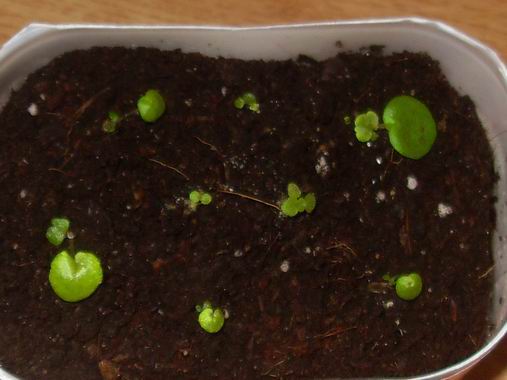
As we mentioned above, the seeds of Begonia are small enough and they are not so easy to get. To do this, it is necessary to make artificial pollination of Begonia flowers. How to do - With the help of a special tassel you need to collect pollen from male flowers and very carefully transfer their female pestles. When the seeds are already in your hands, you can start sowing them into the leaf soil. Optimal time for this is December or January. Gardeners argue that in this way you will get in the summer lush blooming begonias.
After the seeds are highlighted, a pot or any other container where the begonias will bring, it is necessary to cover with glass or film and put in the room where the air temperature is 22-25 ° C. It will help protect the top layer of the substrate from cutting, and the seeds are good to germinate. Two weeks later, you can see the first shoots, however during this time you will need to moisten the soil several times and for a while, turning the glass or film to avoid the formation of mold.
When a pair of seedy leaves appear on the shootings, they can be peaked according to a circuit 2 x 2 cm at a temperature of 20-22 ° C. After picking the plant you need to cover with glass or film. Such pickles will need to be carried out only three times. Each time you need to prepare a new landweight, consisting of foliage, turf, peat and sand. The second picking should be carried out according to the scheme 4 x 5 cm, and the third - 6 x 7 cm. As the plant grows, when the fifth sheet appears, it must be sprayed with retartordant. This tool will help begonia to keep her beauty and not be tall and unstable.
When the leaves are closed, it is possible to plant a tongue-in-pot begonia to a tall of 11-13 cm in advance prepared soil. It should have a leafy land, bone flour and a dried dry cow manure. Each saponian saponian must be with a lore earth. After transplantation, the plant needs to be well and put in the shadow. After about 135-150 days after this, Begonia will bloom.
Benching breeding of tubers
To multiply Begonia Tube at home in this way, you need before the start of frosts, and better at the end of August, without cutting the stalk and leaves of the plant, dig it so that it turns out to be a big com on the rhizome, and put it on drying in a shady protected from rain A place that is well ventilated. From November to February with the tubers to do something useless, because they are in this period at rest.
Gardeners argue that in one autumn month all the nutrients of the leaf of begonias, which, due to lack of light, shave will come to the tuber and kidney is formed on it. When this happens, tubers can be transferred in the containers filled with sand and peat. They must be put in cool place where the air temperature is not higher than 14 ° C. On the winter period, Begonia's tubering will need to be covered with a paper, gauze or polyethylene film.
In February, tubers can already be planted in flower pots. To do this, they need to be removed and cut into two parts. On the top there will be kidneys. It also needs to be cut into several parts. Their quantity will depend on the number of kidney. On each part for landing, there should be 3-4, that is, you will have 2-4 parts for landing. The lower part of the tuber needs to be planted separately, it will already produce roots in the ground. Sections of sections on the club gardeners are recommended to treat charcoal.
Features of planting a begonian tubing at home in this way
In order for Begonia to grown beautiful and healthy, you need to stick to certain rules if you decide to multiply with her tubers:
- Space the tubers in the ground well enriched with peat, thanks to which they will be better developed.
- Looks off the tubers only by their rounded side down.
- At the time of planning, tubers in the room should be quite warm - no less than 22 ° C.
Goggonal reproduction of tube
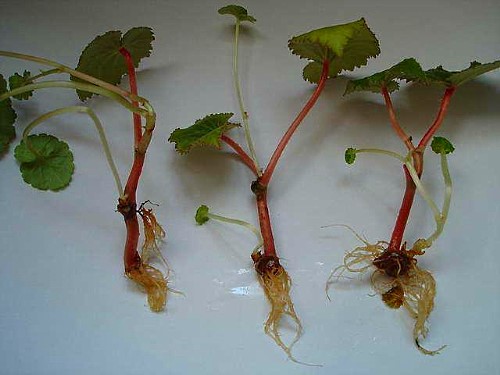
To get begonia seedlings in this way, it is necessary to cut their top with well-developed plants - 6-10 cm long cuttings with several leaves. It must be left on it. The lower sheets must be removed, and the place of the cut is sprayed with charcoal. The resulting cutlets can now be planted in the sand, then pour it out and cover it with a glass can, which periodically need to raise. If this is not done, the stalks will just perish from excessive humidity.
After 2-3 weeks, when the stalk stops the roots, it can be transplanted into nutrient soil. After that, it is transplanted into the nutrient soil. It has one big advantage over the two previous ones - the resulting plant will retain the external data of the parent plant.
Peculiarities care Begonia Tube
Begonia is a tube - this is a plant that loves light, warm and abundant watering. But to ensure all this is correct so that the flower pleased the eye with its beauty, not just. In order not to destroy the plant, we recommend that you adhere to these rules:
- Homemade tongueball should stand by the window on the flower stand or on the windowsill in the warm season.
- Make sure that the leaves of Begonias do not get burns if the buckling sun will be outside the window. It is desirable that on the leaflets of the plant did not fall into the straight sun rays. This can be achieved if you close the film window. As soon as brown spots appeared on your plant - these are signs of burn, urgently take measures.
- Provide begonias regular abundant watering. If the street is cool, it is enough to water the plant three times a week, if the heat, and Begonia also blooms intensively, then daily watering will be required. But before pouring a plant, make sure that its soil is dry. From the overaction of moisture, Begonia can get sick. In any case, a malievable dew may appear on it, to deal with which will have long with the help of a fungicide or garlic solution. The number of watering will decrease after Begonia will cease to bloom.
- During watering, make sure that the water droplets do not fall into the leaves of the plant and on the flowers, otherwise they will turn yellow and rot.
- During the strong heat, it is important not only to water the plant, but also cool it. Type the bowl of cool water and put the pot in it in which Begonia is growing.
- In addition to the soil in which Begonia is growing, you still need to moisten the air - spray it around it.
- From the beginning of the summer, until the end of the autumn, the soil of Begonias needs to be constantly well feeded by any fertilizers that do not contain lime in their composition.
- Make sure that pests such as a wave or web tick appear on your green pet. If you find them, immediately wipe the leaflets of the begonia with alcohol, chamomile decoction or soapy water. You can purchase a special tool in the store.
What difficulties may occur during the cultivation of the begonia

In addition to diseases and pests, one may arise, but the most important problem - Begonia will not bloom. Why can it happen? Most often, the cause of this is the wrong transshipment transplantation: either too spacious pot is chosen, or poorly fertilized soil. Therefore, going to transplant the plant, choose such a pot for him so that it is only 2 cm in diameter than the previous one. And, of course, prepare a fertilous landfill for transplantation.
conclusions
Begonia Bulk is a beautiful indoor plant that is used in decorative purposes. But it is very capricious, requires special care from gardener. Therefore, before you decorate your house with such a flower, think if you will have to provide proper care, because otherwise he will die and will not fulfill its main function.

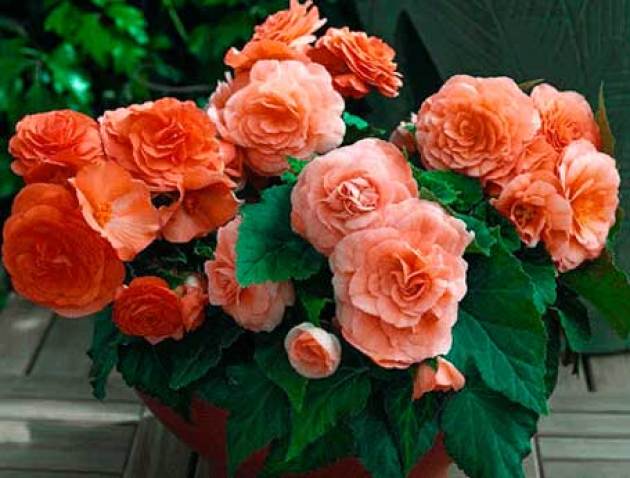
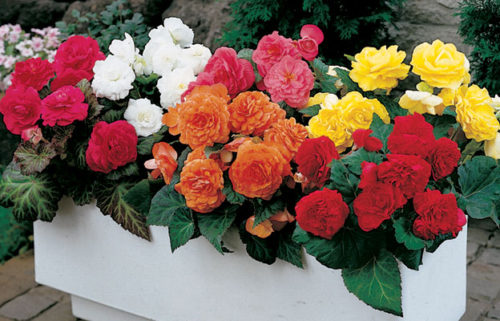
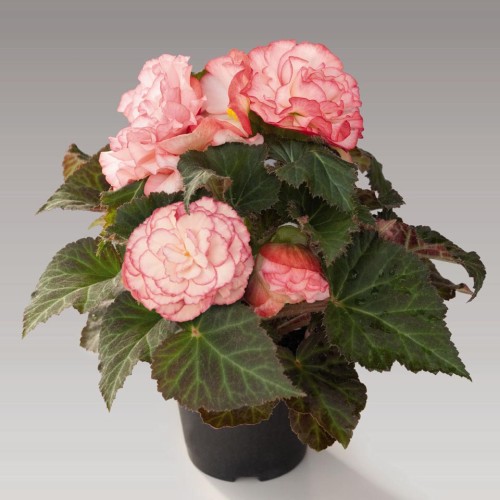
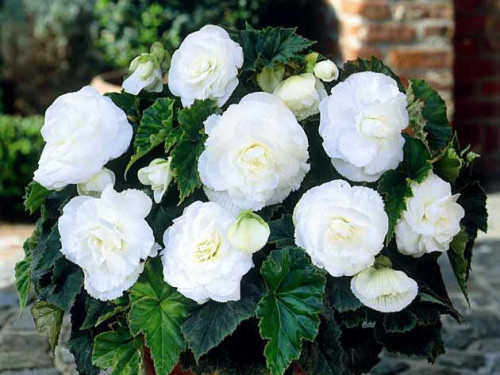
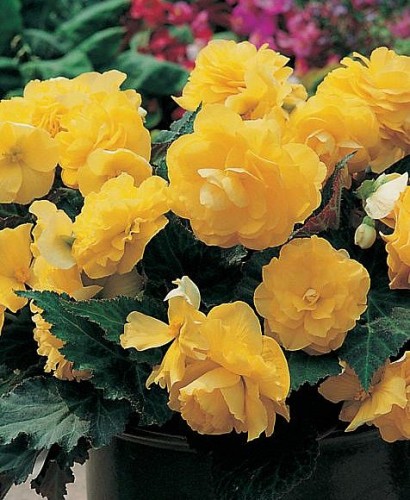

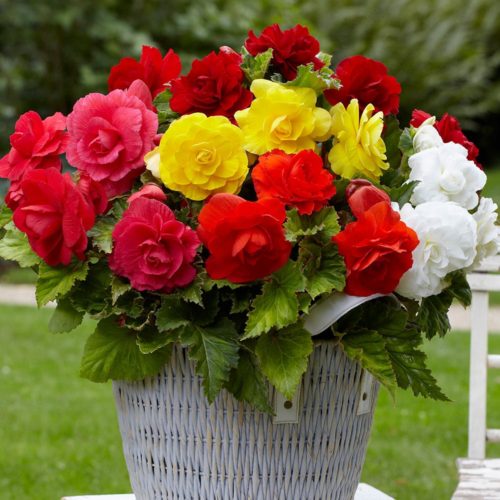

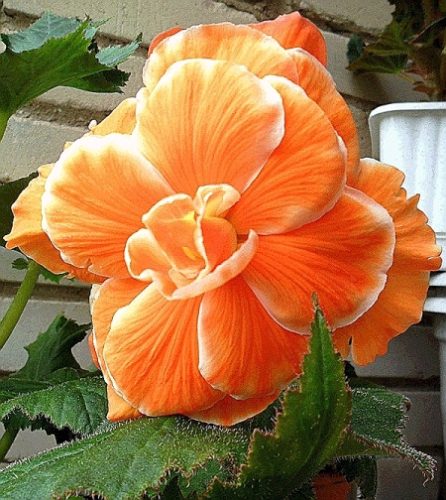
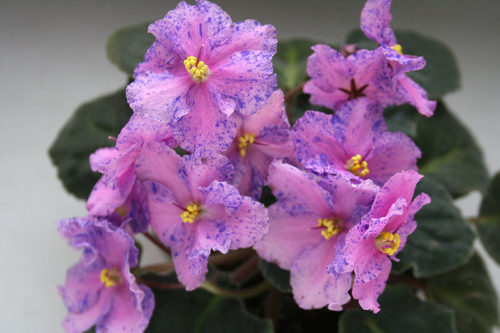
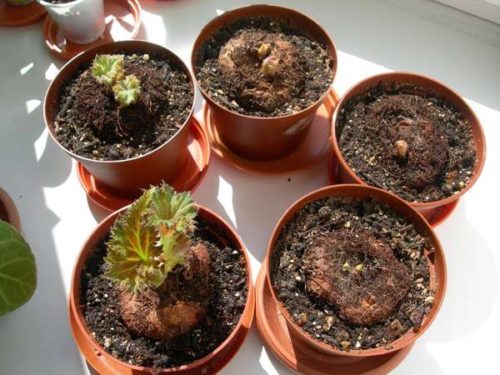
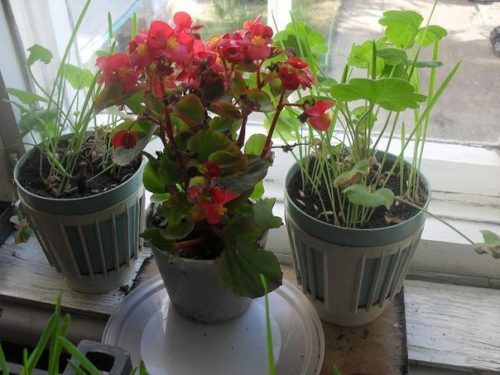












 Start a discussion ...
Start a discussion ...